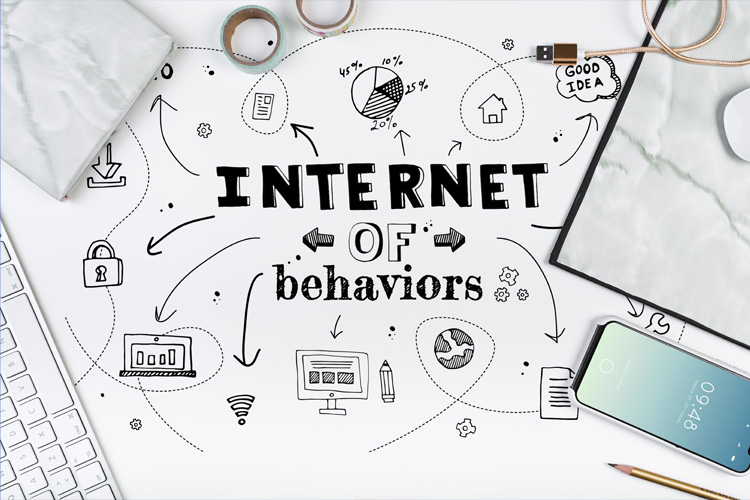Which Technology Trends Will Dominate in 2021?

Which Technology Trends Will Dominate in 2021?
Recently Gartner came out with its list of technology trends for 2021 and what we are seeing is that IT is expected to be the driving force that will propel your business through the COVD-19 era. Pretty much every industry has been impacted by the virus and subsequent lockdown restrictions, but IT is expected to help companies weather this storm and open up new business opportunities and deal with all of the socioeconomic challenges. Let’s take a look at our featured technology trends for 2021 and analyze them a little bit deeper to understand how your company can benefit from them.
1. Rise of the Internet of Behaviors (IoB)
We have all heard of the internet of things (IoT) and the internet of behaviors is closely related to this since it uses IoT devices to collect and analyze data on how people behave. This technology can be used to improve social distancing and other measures to limit the spread of COVID-19 in the workplace. For example, IoT sensors can be used to make sure employees are following standard safety protocols such as washing their hands or using hand sanitizer regularly, while computer vision technology can be used to determine whether or not all employees are wearing masks. These are just some of the possibilities of using the IoB in conjunction with the IoT to help make living in the new reality a lot more manageable.

The IoB can also be used to increase safety in everything from industrial equipment to commercial vehicles. It will monitor driving behaviors to identify sudden brakes and sharp turns to improve driver performance, routing, and safety.
2. Improving the Total Experience
Gartner defines the “total experience” as something that combines all aspects of the buyer’s journey into a single platform that encourages them to buy a product or influence their decision making. In the past, we tried improving each of these experiences individually, but companies will start shifting away from this methodology in 2021 since it will help them get a business advantage. If you are wondering how this looks in practice, a popular supermarket chain Auchan currently uses its mobile app to alert customers if they are close to one of their locations. Once the customer is in the store, the app alerts them about any promotional or sale items and can be used to find all kinds of information about specific products. Since Auchan combines a lot of experiences into a single product, they have created and customer experience that is unique to their brand.
3. Hyperautomation
Hyperautomation is the idea of automating everything you can. One of the driving forces behind this trend is legacy processes that are not streamlined and are therefore creating a lot of issues and taking up a lot of resources. A lot of organizations still rely on a patchwork of technologies that are not very efficient which comes into direct conflict with lean digital processes companies are trying to implement. Companies that are hesitant to embrace such a level of automation risk being left behind.
4. Anywhere Operations
The anywhere operations model will be critical for companies looking to bounce back and get through the COVID-19 crisis. This model allows specific services to be accessed, delivered, and enabled anywhere regardless of where your customers may be physically located. A great example of this is what we are seeing with banks. Now it is possible to open an account, make a deposit, or access pretty much any bank services without leaving your home. You can expect the digital-first and remote first trends to become very popular in 2021.

5. The Distributed Cloud
Basically, Gartner is predicting that cloud providers will offer companies even more value by continuing to shoulder the overhead costs, but eliminating some of the issues that are associated with cloud computing. We have seen this trend growing ever since cloud computing was introduced prompting companies to move some or all of their operations to the cloud. In 2021, expect the distributed cloud to make these services physically closer allowing companies to solve low-latency issues, reduce costs and make it easier to comply with data governance laws which vary from one geographic area to the next.
When to Squeeze the Benefits of Technology Trends for 2021
There is no point in waiting until next year to start implementing the technology trends for 2021 we discussed since you can get a business advantage by incorporating them today. One of the reasons a lot of companies had so many difficulties managing the effects of the COVID-19 virus was because they were completely caught off guard. Now that you know what to expect in 2021, you can be better prepared for what the future has in store.


